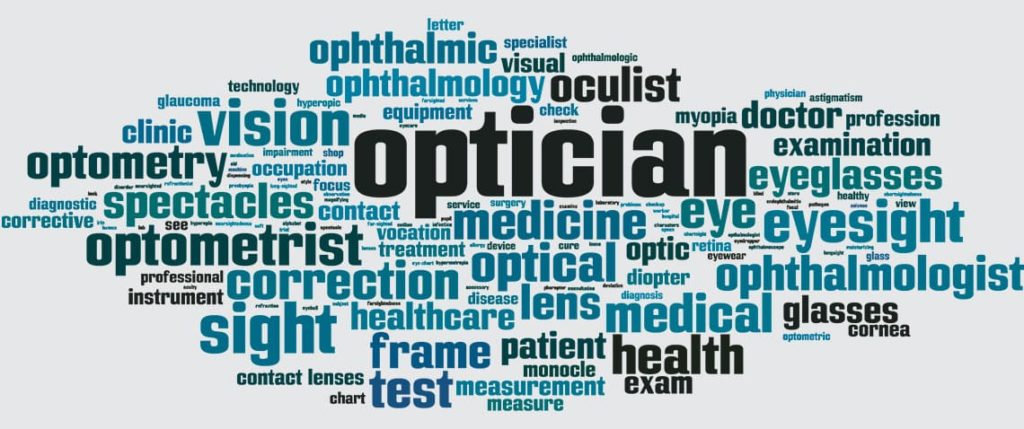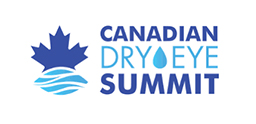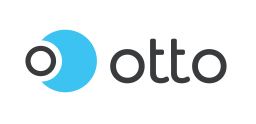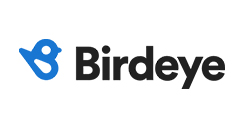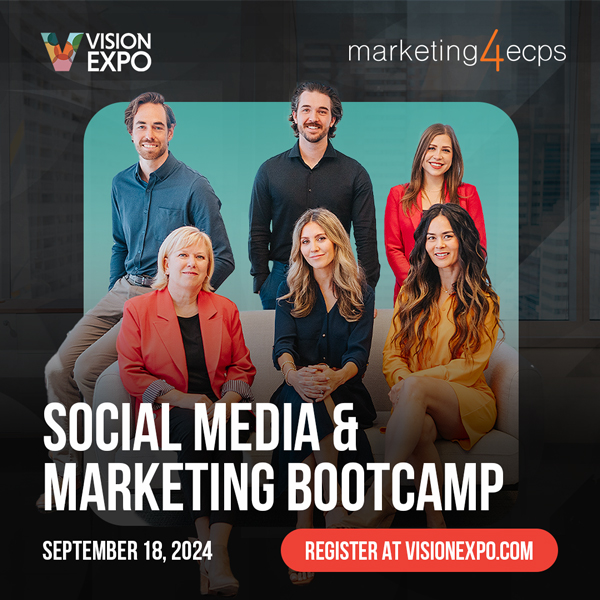Every day I stare at client SEO results and try to understand what Google is trying to tell me. Ranking changes tell a story that is deeper than what most people realize.
Buried in the spreadsheets of keywords, ranking positions, and traffic statistics is a story waiting to be told. You just have to listen.
This assertion comes from having spent many hours in recent weeks assessing the ROI – return on investment – from pushing to rank for specific types of keywords. By looking at effort, budget, and traffic generated from the SEO campaign, a persistent message has become very clear to me: what many of my clients want is not what they need.
Let’s talk about that.
We Often Think About SEO the Wrong Way
When you think of search engine optimization and what it can do for you, think of the keywords that immediately come to your mind.
I bet they were akin to “Optometrist Toronto” or “Eye Doctor Huntsville”. Perhaps you got a bit more specific and thought of keywords like “dry eye Calgary” or “glaucoma Las Vegas”.
See a trend here? Most doctors and practice owners think of what I like to call problem + location keywords.
Ranking for these types of keywords was relatively straightforward until recently; a byproduct of having the right content, brand, and marketing (SEO). However, that’s changed. Google is mixing things up, and these changes will have a permanent impact on how SEO works (more on that in just a bit).
We Don’t Search Like We Market, & That’s a Big Miss
The fact is that we (searchers) don’t stick to a few core keywords when we search. We search in a multitude of ways. Our needs and experiences influence the problems we face, the answers we seek, and the keywords we choose.
There are many different types of keywords someone might use to search. The most prominent today are:
- Problem + location searches
- Optometrist Calgary
- Auto Repair Austin
- Contact Lenses Portland
- Symptom searches
- Eye twitches
- Sore muscles after working out
- Joint cracking when standing
- “What the heck is going on” searches
- Why are my child’s eyes crossed all the time?
- Why are my eyes red all the time?
- Why are my feet itchy?
- Solution-centric searches
- How to stop eyes from twitching
- How to get rid of red eyes
- How to stop eyes from burning
Notice that the more specific the search, the longer the keyword becomes. They’re called long-tail keywords and they’re today’s best source of SEO opportunities.
The Era of Optometrist + Location is Coming to an End
While the problem + location search is still the most popular in terms of number of searches per month, it’s also the most competitive type of keyword to target. There are two reasons for this:
- All your competitors are targeting the same keywords – Space on the front page of Google is limited. If 50 businesses are vying for those rankings, competition rises… and so do costs.
- Google is monetizing these types of keywords more and more aggressively via Google Ads – a few years ago, there were three ad spots above the organic (SEO) results. Today there can be up to five if you include the ad in the map 3-pack.
Assuming you live in an urban area with a population of 100,000 or more, the days of “easy SEO” are behind us. Competitive SEO is here to stay, but the savvy among us can adapt and continue to pick and eat the low-hanging fruit.
But Wait, There’s More
There are three other major changes to SEO we need to consider:
- Search personalization – Google tailors results based on location and search history. These personalizations are usually minor, but they do change your search experience compared to others.
- Increased monetization of search – Google’s push to increase the number of clicks Google Ads receive is changing the way people interact with the search results.
- User intent – While Google has undeniably made search a better experience, it has only recently gotten skilled at really understanding what someone is looking for when they search.
These changes are the most impactful with respect to their influence on how you should be approaching your SEO strategy, but they’re not all the changes Google has rolled out. Voice search, for example, is just now entering the fray but stands poised to really change how people search for new information.
Exhibit One: Search Personalization
Search personalization is a byproduct of your habits and preferences on Google and on other websites across the web where Google has access to your browsing habits. This includes Google Chrome, which very much takes notice of how you use the web.
GEO/Location & Proximity
This is most obvious in the map 3-pack and on mobile search. Do a search for “coffee shop.” What do you see?
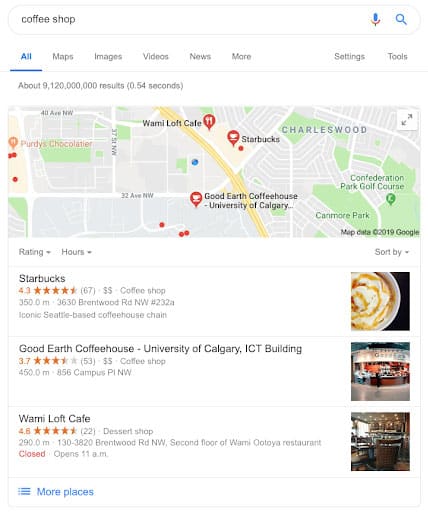
I just did this search and the results speak for themselves. I’m the blue dot, and the results are the closest coffee shops to me. While these results are not organized by distance (Starbucks is 60m further away than Wami Loft Cafe), there’s no denying the influence that proximity plays here.
User Search History
The type of content you consume influences the type of content Google serves you. You can test this by performing a search of a word with multiple interpretations. I’ll use “car” as an example.
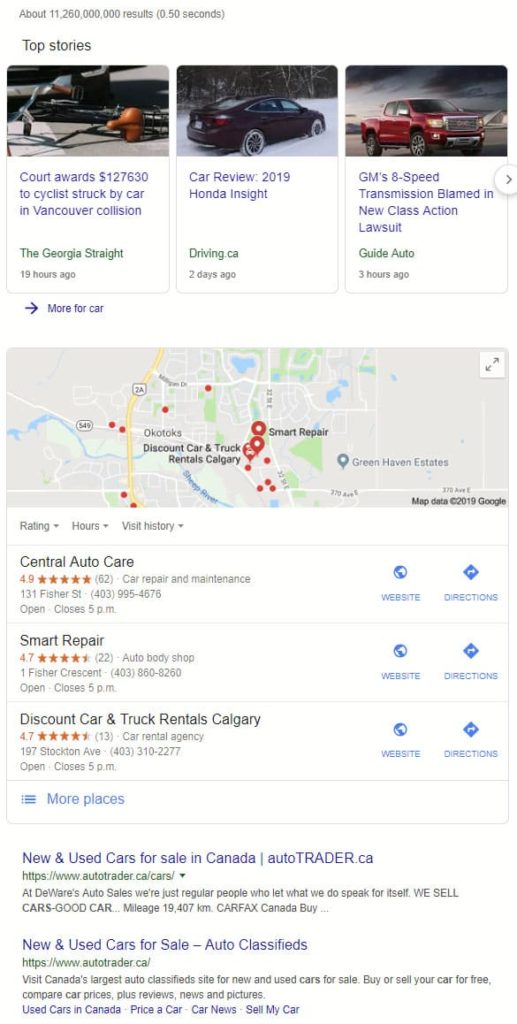
However, when my colleague Jill performs the same search, this is what she sees:
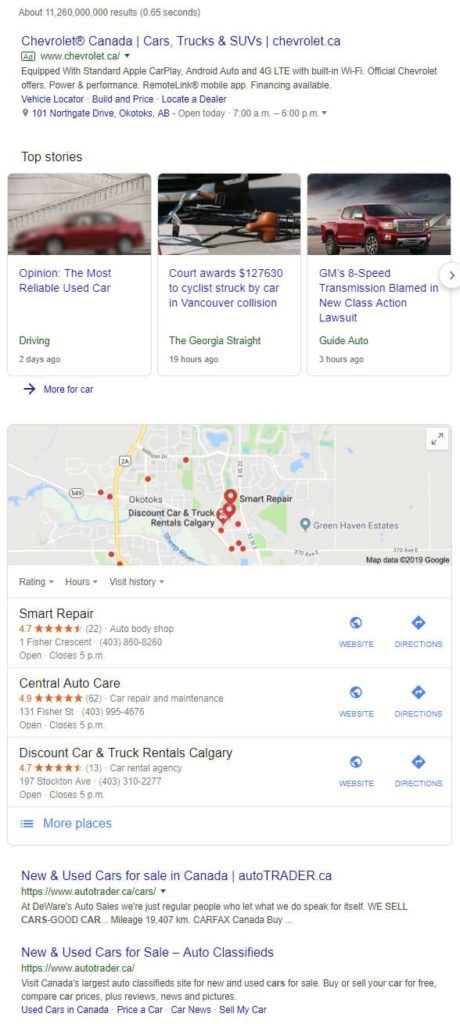
As you can imagine, search personalization makes targeting specific keywords unpredictable- what you see may not be what others see.
Exhibit Two: Increased SERP Monetization
Google is a publicly traded company, and like most publicly traded companies, it seeks to maximize profit wherever it is able. To this end, Google is becoming increasingly aggressive with their monetization of the SERPs (search engine results pages).
Google Ads on the Rise
Today, Google displays up to four ads at the top of a search on both desktop and mobile. This is a recent change, as Google used to display 3.
This pushes organic results (the listings that SEO is designed to target) even further down the page, making Google Ads more prominent.
Ads in the Maps
A big change to Google’s monetization strategy over the past year or so has been the inclusion of a text ad in the map 3-pack (now a sometimes 4-pack).
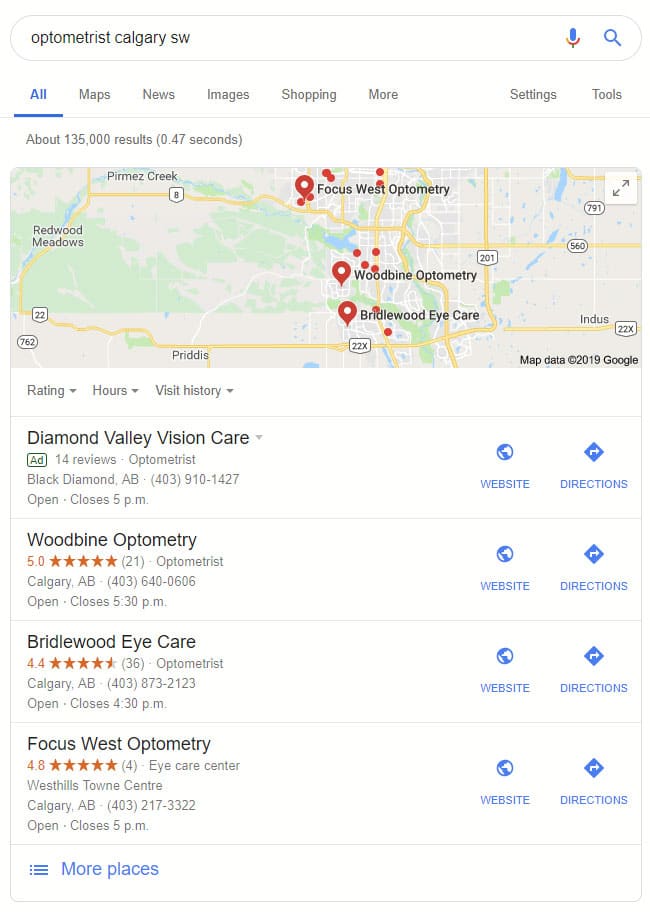
Again, this pushes organic listings down and brings attention to the Google Ads at the top of the page.
Exhibit Three: User Intent
What is someone wanting to find when they type in “optometrist”? Do they want a bunch of listings of local optometrists, or do they want to learn more about the profession? This understanding of what users are searching for is a big part of Google’s continuing focus and they’re only going to get better at understanding it.
For marketers and businesses investing in SEO, however, this understanding adds complicates our SEO efforts.
What We Search For vs. What We Want to Find
One of the best examples I can think of to demonstrate intent in action is car shopping. When I go to Google and type in “Honda Calgary”, this is what I see:

But when I add “used” to the front of the keyword, a couple of important changes happen:
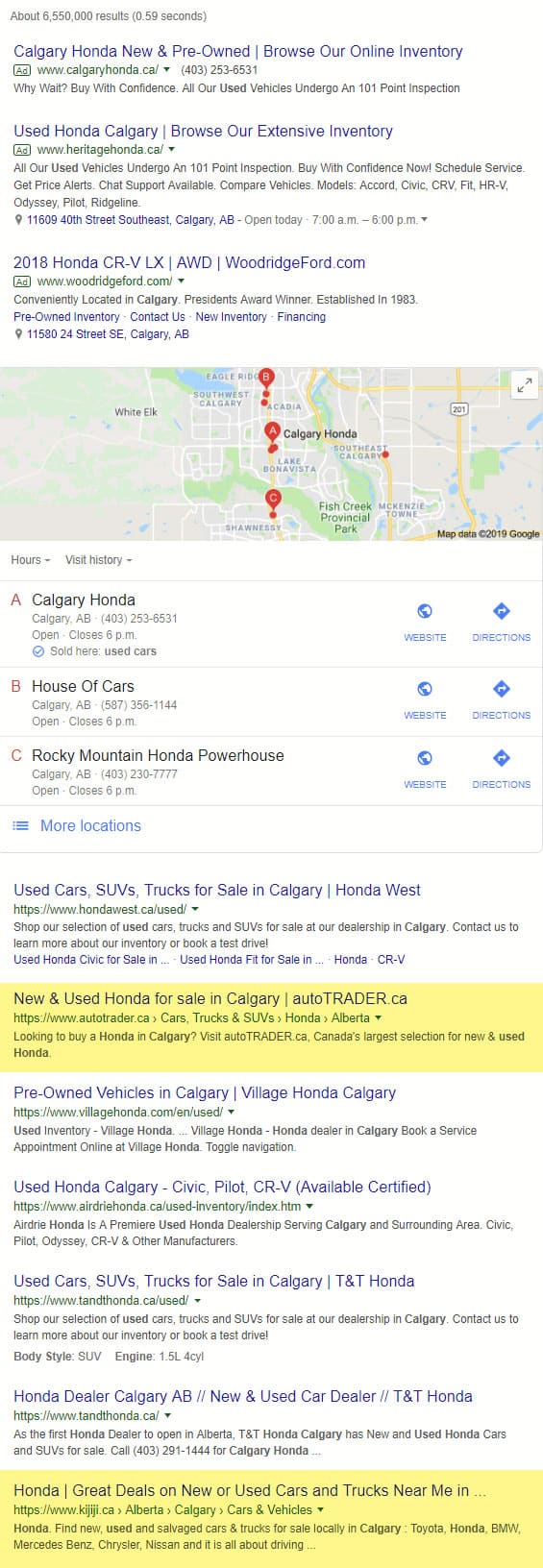
Autotrader moves from the bottom of the page to 3rd, and Kijiji (a classifieds site which didn’t appear at all in the first search) shows up in the middle of the pack. Both sites allow users to easily search and compare multiple cars, brands, and dealers.
When you’re shopping for a used car, what do you prefer: a single dealer’s inventory, or all the inventory available in your city?
Content Really is Everything
Google’s push to better understand search intent emphasizes that SEO is changing, and that change is focused primarily on content. The days of ranking any type of page for any type of keyword are over.
Now, if your content doesn’t address what Google thinks the user is wanting to do, it won’t rank. Currently, you can “brute force” your way to ranking by building a ton of strong backlinks, but those days are also numbered.
Rather than try to skirt the system, play by the new rules instead: create a content experience that helps the user meet their goals. This means taking the time needed to understand your users, what they’re searching for, and what they want.
You Can’t Afford to Ignore Long-Tail Keywords Any Longer
I want to wrap this novella up by reiterating a few important points:
- Most business owners are thinking “old school” when it comes to their SEO strategies
- Focus on building organic traffic (traffic from Google) instead of ranking
- Work to meet the needs and goals of your users, and make this the number one objective of your SEO strategy
If you action the principles called out in this post, you’ll be the practice ahead of the curve- and the one your competitors will be benchmarking themselves against. As SEO continues to evolve, being proactive in this evolution will benefit you with new traffic and patients.


